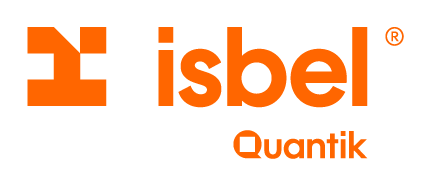For many years, Montevideo has had a Downtown Day, a day on which downtown businesses offer a significant discount in order to attract an extraordinary number of customers.
This measure is accompanied by a parking fee exemption in the naturally priced zones. The objective is (or was) clear: to encourage people to go downtown without paying for parking.
However, this action makes Downtown Day the most difficult date to get a parking space¹: people who work in the neighborhood take advantage of this exemption, arrive early in the morning and occupy all the parking spaces for the rest of the working day.
Thus, this action is counterproductive for the purposes of Downtown Day, for people who want to go by car. A priori, one would think that it would be even more convenient to charge fees, since the cost of parking for a couple of hours is much lower than the volume of discounts. Or, on the contrary, to implement a kind of parking reimbursement by the participating businesses.
What are the alternatives? The case of Mons
This issue (as always) is not foreign to other cities around the world; many commercial centers are experiencing these challenges. One of these is the case of the city of Mons, in Belgium, which implemented a smart parking system based on parking sensors communicated through a LoRaWAN² network.
Residents suffered from a shortage of parking spaces in their shopping area, which resulted in 30% of the traffic being caused by vehicles looking for parking spaces. Therefore, people opted for large shopping malls with parking lots included. Turnover in the plazas was minimal, averaging less than three turnovers per day per plaza. In comparison, a plaza in a shopping mall rotates on average between five and six times a day.
The Mons authorities implemented a solution for consumers through an app in which they can visualize the free spaces; once parked, they have 30 minutes free, and after this time the parking is billed as usual. However, if the person makes a purchase, the store can extend their free parking time, something similar to what is implemented by shopping malls.
The results were more than satisfactory: in two months, the level of turnover in the spaces tripled the previous numbers. Merchants also saw their sales expectations greatly exceeded.
Would it be possible to replicate Mons in Uruguay?
Is it feasible to aspire to a similar project in Montevideo? The most central and commercial area, and therefore of greatest interest, covers some 800 locations. An initiative like this would imply a significant deployment for this type of solution, if we compare it with Mons, where 110 sensors have been installed, and the city of Liege (also in Belgium), which has 223.
These were deployments in these cities to attack the commercial problem in question. These are smaller projects with a specific focus, unlike the case of the English city of Harrogate, which opted for a "massive" deployment and installed more than 2,000 sensors to address the problem in general.
These numbers give us an idea that, a priori, the most reasonable thing to do would be to identify a smaller problem area as a proof of concept or pilot. Perhaps thinking of other commercial centers, such as Arocena Street (in the Carrasco neighborhood) or the area around the Agricultural Market. In these cases, the number of sensors would be close to the deployments in Mons and Liege.
Selecting a reduced area in downtown Montevideo would imply a duality of system, since the traditional fee-based system and the new smart parking system would coexist. this would be confusing and problematic for users.
In terms of infrastructure, although these solutions require an initial investment in sensors, the new LPWAN³ technologies make it possible to resolve connectivity at a very low cost compared to what was thought a few years ago.
Finally, and going one step further, we can think about the possibility of downtown merchants making this bonus permanent, every day of the year. This would generate a more lasting dynamic in the area and not just one day a month, which would justify the investment.
¹ Under the perception of a number of users, there is no institutional field study to support this.
² LoRaWAN is a low-power, long-range communication protocol for IoT (Internet of Things) devices. It uses LoRa technology to transmit data wirelessly over long distances, making it ideal for applications requiring low power, high mobility and access to remote areas. It allows the connection of thousands of devices to a single network.
LPWAN (Low Power Wide Area Network) is a type of wireless communication designed to transmit data efficiently and economically over large geographical areas with low power consumption. It uses low-speed, low-bandwidth communication protocols to connect IoT (Internet of Things) devices, making them ideal for applications such as remote monitoring, process automation and asset tracking.
José Luis Nunes, Engineering Specialist of Telco & Smart Cities.
Joselo is an electrical engineer (Telecommunications) from Universidad de la República. For the last 6 years he has been working at Isbel in the area of after-sales and implementation of large projects.



